On September 27, a spokesman for the Ministry of National Defense announced that China’s stealth fighter, the æ¼-20, had officially installed troops. On November 11th, the Air Force’s Army Day, J20 was formed with J16 to celebrate the festival.
The æ¼-20 is likely to change the air pattern in the Asia-Pacific region. The United States is also particularly concerned about the æ¼-20. One of the reasons is that the æ¼-20 is a stealth fighter.
So, what secrets does it use to achieve stealth?
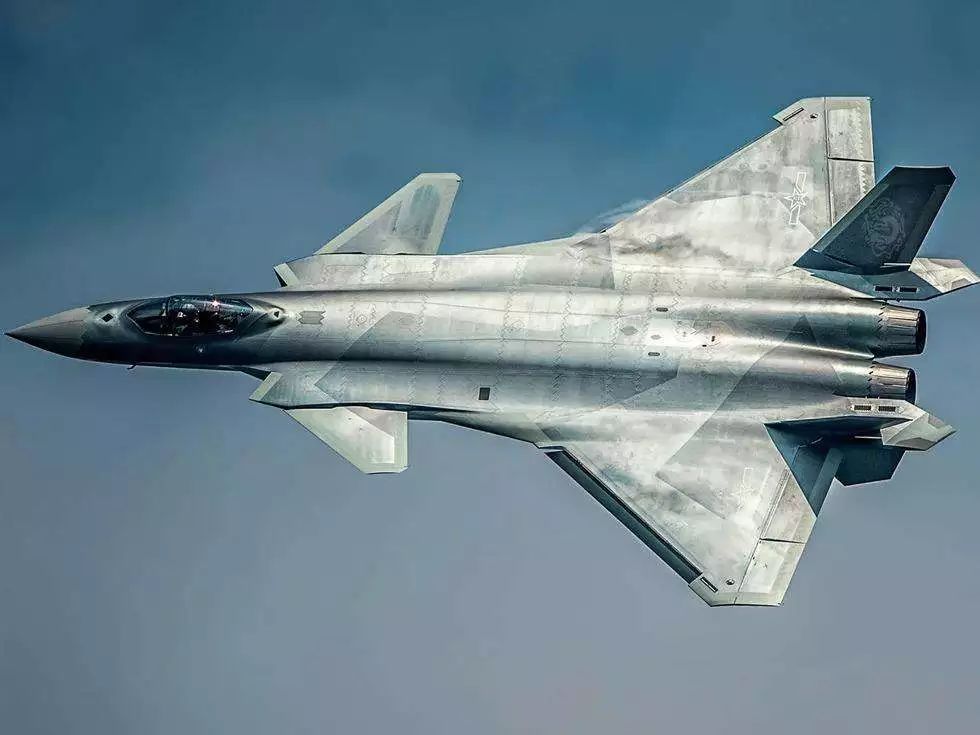
The invisibility of the fighter does not mean that the human eye cannot see the fighter. It means that by weakening the radar reflected signal strength of the combat aircraft, the opponent radar cannot find the fighter, or even if the fighter can be found, the stealth aircraft can only be found at a very close distance. It is too late to respond to the stealth fighters that have come.
There is a phenomenon of electromagnetic wave reflection. The radar reflection cross section of the aircraft is the largest when the illumination direction is exactly perpendicular to the surface of the fighter plane, and the radar reflection cross section is much smaller when irradiated from other directions.
In order to reduce the radar reflection cross section, the stealth fighters often adopt a special shape design. The pioneer of the American stealth fighter F-117A adopts a strange shape composed of multiple planes and straight lines.
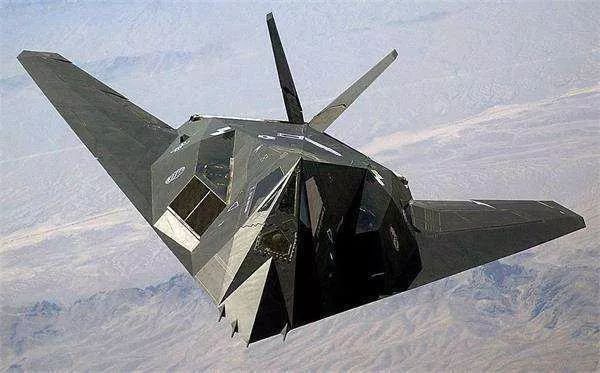
(F117A fighter has sharp edges and corners)
From the shape design point of view, the æ¼-20 uses a lot of designs that are conducive to stealth.
The æ¼-20 adopts the wing body fusion design to make the fuselage and the wing smoothly transition. The possibility of angular reflection effect is greatly reduced between the wing and the fuselage, effectively solving the machine of the fourth generation fighter. Angular reflection effect between the wing and the fuselage, the flat tail and the vertical tail.
In this way, the possibility of being discovered by the radar can be reduced.
The design of the æ¼-20 on the air intake also helps to improve stealth.
The æ¼-20 uses the DSI inlet design successfully applied on the “Jilong†and J-10B fighters.
One feature of the DSI intake is that there is a bulge-like projection on the fuselage in front of the intake passage through which the air entering the intake passage is pre-compressed.
In this way, the complex structure on the traditional supersonic inlet is eliminated, the weight of the structure is reduced, and the radar reflection cross section directly in front is reduced.
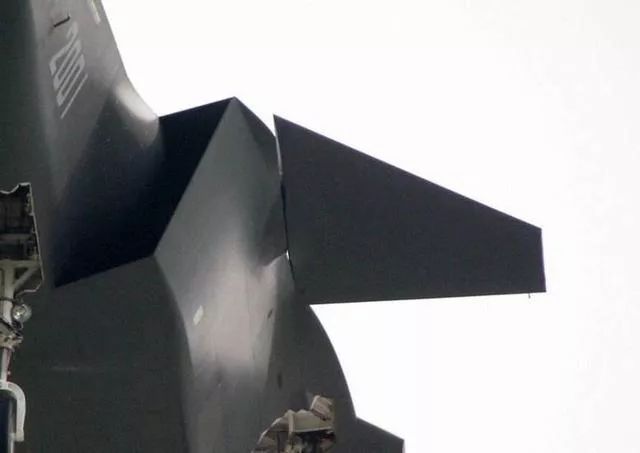
(The æ¼-20 has a bulge-like protrusion in front of the inlet)
The æ¼-20's built-in magazine design also helps to improve stealth. The reason for this design is that the missile is built into the magazine and can avoid the radar reflection effect caused by the weapon plug.
In addition, the æ¼-20's magazine compartment door, landing gear door and deceleration hatch are zigzag edges, and this design also helps to improve the stealth effect.
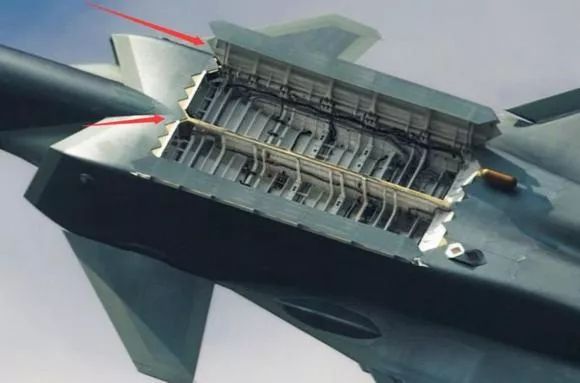
(The magazine door is jagged)
Use special materials to improve stealth performanceNot only the shape design, the use of composite materials and absorbing materials also help to improve the stealth performance of the J-20 fighter. According to the public information, the stealth fighters such as F22 and B2 are coated with a layer of stealth paint. This stealth paint can effectively absorb the electromagnetic waves emitted by the enemy radar, so that the signal strength detected by the enemy radar can be greatly attenuated, thereby improving the stealth of the fighter. .
Due to its advantages of convenience, flexibility and good absorption performance, the absorbing coating is applied to almost all stealth fighters. The US B2 stealth bomber, F-22 fighter, F-35 fighter, China æ¼-20 fighter and FC- The 31 fighters all used a stealth coating.
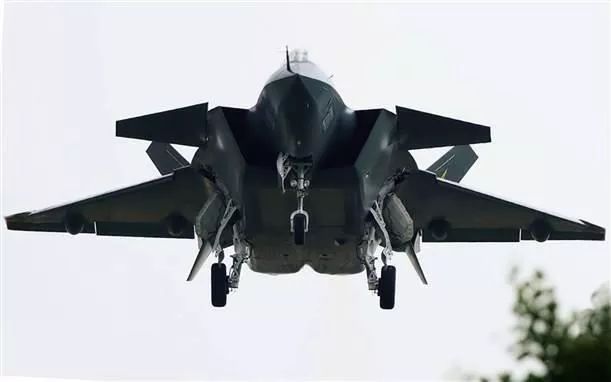
Because metal can reflect electromagnetic waves better, composite materials have low detectability. This makes the composite material very suitable for use in stealth fighters. After the composite material is used, it can effectively reduce the weight of the aircraft and improve the flight performance of the aircraft.
F-22 uses about 23% of composite materials, and F-35 uses about 36% of composite materials. Thanks to China's breakthrough in carbon fiber technology in recent years, æ¼-20 has also begun to be widely used. Aviation composites.
æ¼-20 surpasses T-50 shoulder F-22 in stealth performance
According to the news released by foreign media, the radar reflection area of ​​the J-20 is roughly at the same level as the US F-22. Dr. Michael J Pelosi and Dr. Carlo Kopp also used a computer model to simulate the radar reflection cross-sectional area of ​​the prototypes of the Chinese J-20 and the Russian T-50.
The simulation results show that the radar reflection cross-sectional area of ​​the prototype of the æ¼-20 is significantly smaller than that of the T-50. In the development of the stealth fighter, China has surpassed Russia, the former big brother.
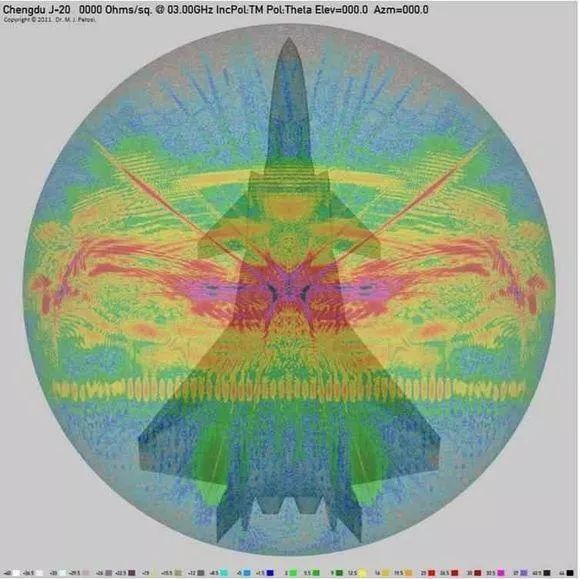
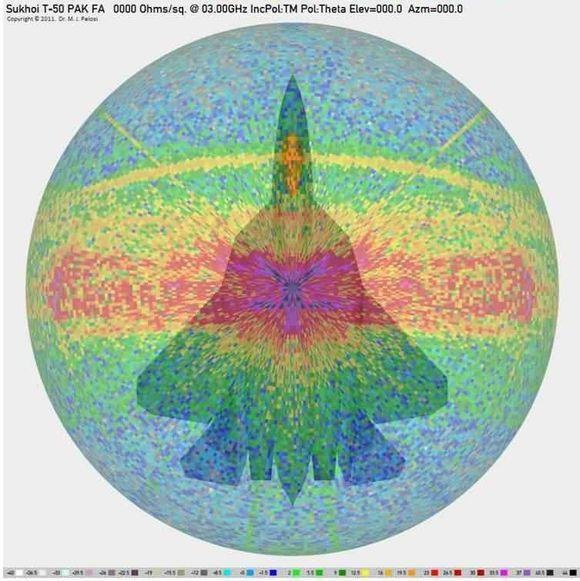
(The picture above shows æ¼-20, the picture below is T-50)
It must be pointed out that at present, the æ¼-20 still has some room for improvement in some aspects.
In supersonic cruise, if you replace the more advanced turbofan 15, you can greatly improve this performance.
In terms of stealth, the frontal stealth of the æ¼-20 is handled very well, but there is still room for improvement in some areas, such as the tail part. The radar barrier is installed on the engine of the F-35 fighter to avoid direct radiation of the radar wave. On the engine turbine, the F-22 also trimmed the tail spout.
In contrast, the tail of the æ¼-20 is almost bare.
It is true that at this stage, China still implements a strategy of active defense. It is basically enough for the æ¼-20 to have good stealth performance on the front of the fighter.
However, from the perspective of excellence, if the future æ¼-20 improved model is redesigned after the replacement of the turbofan 15 engine, it can effectively improve the side rear stealth level of the J-20 fighter, so that æ¼-20 The stealth performance is even higher.
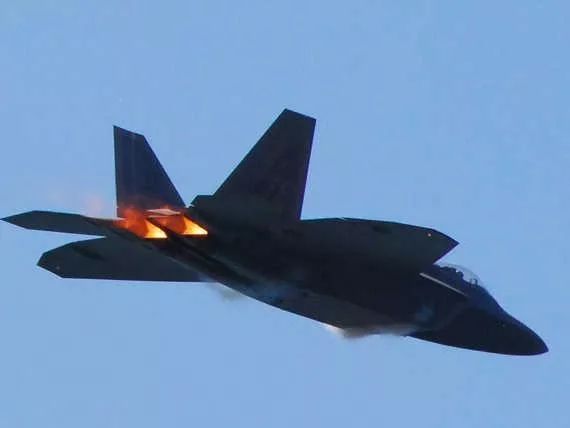
(F22 tail nozzle)
Butt Connector,Lugs Insulated Female Connectors,Insulated Female Connectors,Non-Insulated Spade Terminals Wire Connector
Taixing Longyi Terminals Co.,Ltd. , https://www.txlyterminals.com
